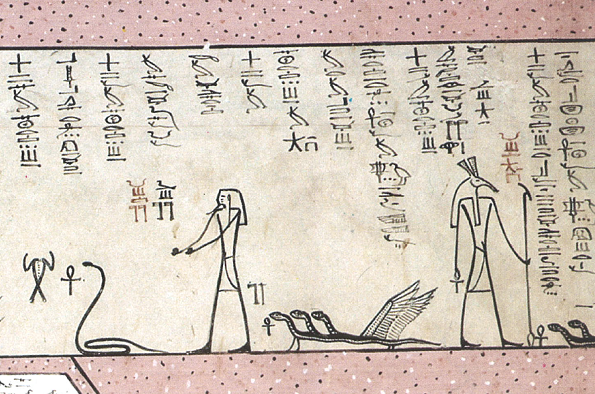
Composite Figures in Egyptian Art: Modelling Relationships between Selected Religious Compositions (Jordan Miller, University of Oxford)
Add this event to my calendar
Click on "Create a calendar file" and your browser will download a .ics file for this event.
Microsoft Outlook: Download the file, double-click it to open it in Outlook, then click on "Save & Close" to save it to your calendar. If that doesn't work go into Outlook, click on the File tab, then on Open & Export, then Open Calendar. Select your .ics file then click on "Save & Close".
Google Calendar: download the file, then go into your calendar. On the left where it says "Other calendars" click on the arrow icon and then click on Import calendar. Click on Browse and select the .ics file, then click on Import.
Apple Calendar: The file may open automatically with an option to save it to your calendar. If not, download the file, then you can either drag it to Calendar or import the file by going to File >Import > Import and choosing the .ics file.
It was common in Egypt to combine multiple images, or parts of images, to form new ones with independent meanings. Such ‘composite’ images are often studied with an aim towards elucidating these meanings; little research has focused on the significance of their forms and distribution. In this presentation, I discuss how composite images are used in each of the three aforementioned categories. I first compare the content, objectives and themes of each category, as well as the types of composite images they use. I then attempt to explain similarities and differences between their iconographies, by considering their cultural and institutional contexts of use. How independent were these categories? What might this tell us about the Egyptian artistic tradition? I focus on images incorporating ophidian elements, since the cultural significance of snakes in Egypt is relatively well-understood, and ophidian images are wide-ranging in both time and contexts of use.This event is part of the Work in Progress seminar series
